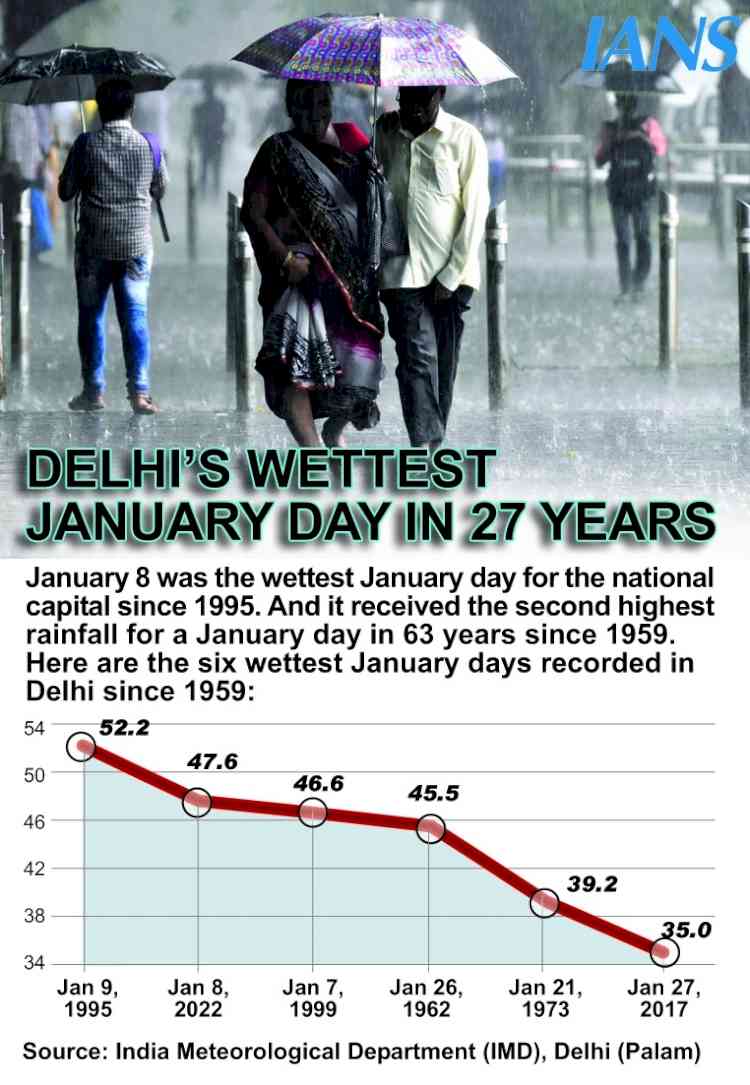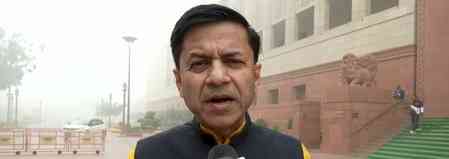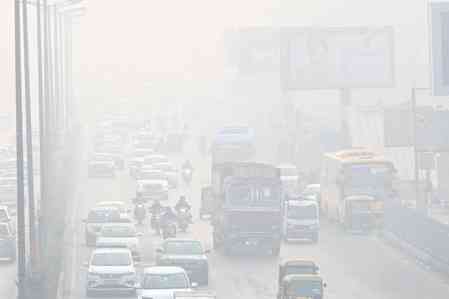Delhi's precipitation breaks a record or two for Jan rainfall
Persistent rainfall since Friday night adding up to more than 40 mm not just led to waterlogging in several low-lying areas across Delhi but also broke a record or two for highest rainfall for January.

New Delhi, Jan 8 (IANS) Persistent rainfall since Friday night adding up to more than 40 mm not just led to waterlogging in several low-lying areas across Delhi but also broke a record or two for highest rainfall for January.
Palam observatory recorded 47.6 mm rainfall for the 24 hours ending at 8.30 a.m. on Saturday, which the India Meteorological Department (IMD) said, was the second highest for data between 1959 till 2022 for the month of January.
For the same duration, the highest rainfall in January of 52.2 mm was recorded on January 9, 1995 while the third highest was 46.6 mm on January 7, 1999.
For Delhi, the normal rainfall for January is 21.7 mm.
January 26, 1962 (45.5 mm), January 21, 1973 (39.2 mm) and January 27, 2017 (35.0 mm) were the next three records for the duration between 1959 and 2022, the IMD data showed.
But that was not all. The Safdarjung Observatory recorded the second highest rainfall, 41 mm, in 22 years after 46 mm rainfall on January 7, 1999.
Through the day, rainfall continued intermittently across large parts of Delhi and surrounding areas. For 12 hours between 8.30 a.m. and 8.30 p.m. on Saturday, Palam recorded 17.4 mm while Safdarjung recorded 6.3 mm rainfall.
Lodi Road (5.7 mm), Ridge (5.4 mm) and Aya Nagar (6.3 mm) recorded rains only before 12 noon and none thereafter. For the 24 hours ending 8.30 a.m. on Saturday, Aya Nagar recorded 49.0 mm rainfall while the Ridge recorded 48.0 mm. However, it is only Safdarjung and Lodi Road that are considered as these stations have records from over many decades.
The rainfall had its impact on the temperatures too. For the 24 hours, the Maximum temperature recorded at Safdarjung, Palam and Lodi Road observatories was between the 16.4 to 16.6 degrees Celsius range, and all had the minimum temperature at 15.2 degrees Celsius, barely a difference of 1.2 degree Celsius.
"This is because of the Western Disturbance. It led to the day and night temperature with not much difference, helping in tough radiation balance mainly by its moisture, clouds and wind with Sun," said IMD's R.K. Jenamani.
The IMD had predicted the wet spell till January 9, which would decrease thereafter.


 IANS
IANS 











